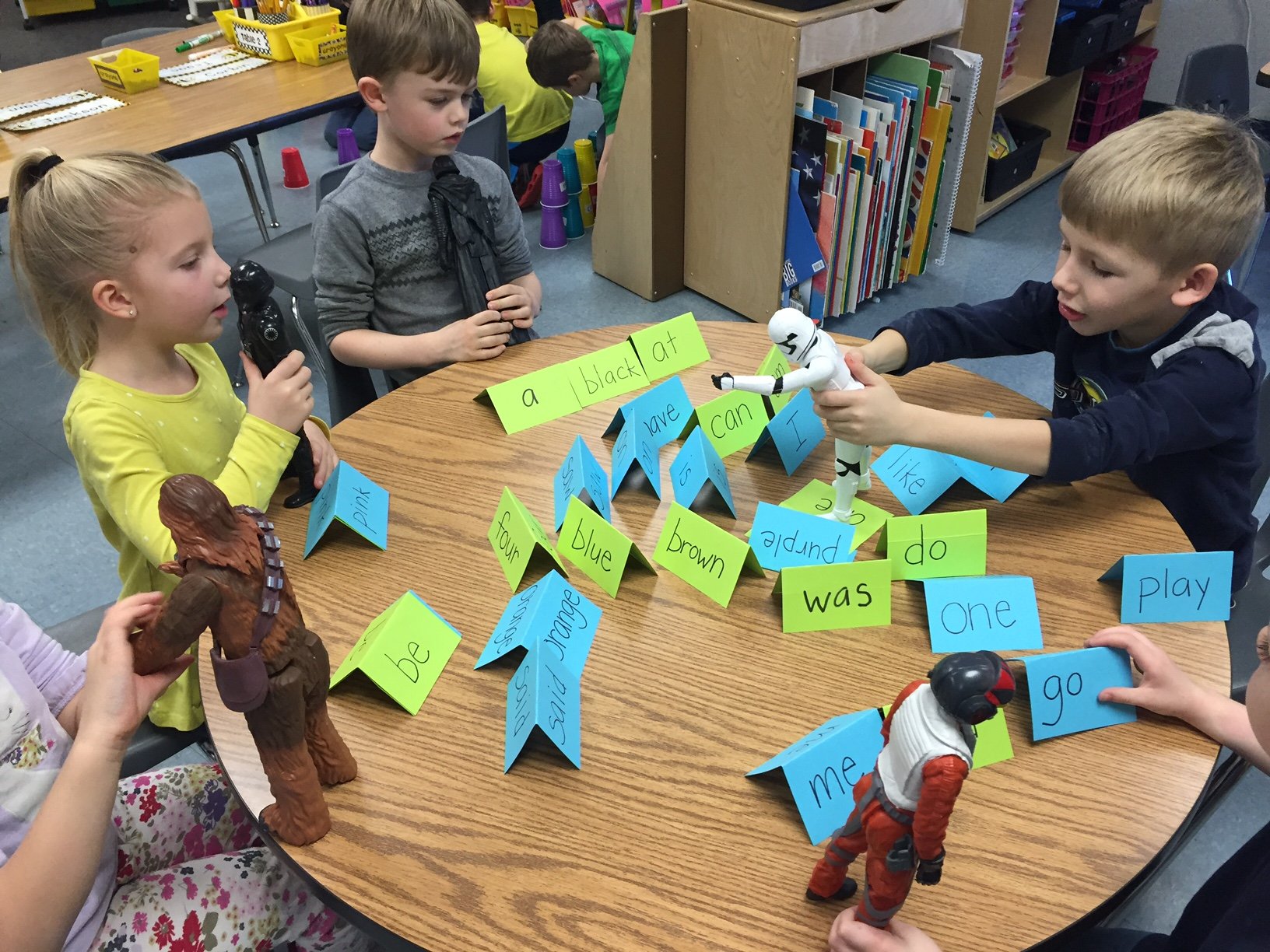
Choosing positions of objects and ordinal numbers in the sequence is a great way to teach this often-difficult topic. Math – Ordinal Numbers – These games focus on ordinal numbers such as 1st, 2nd, 3rd, 4th etc. It is noted that many of these games are repeated but this is to reinforce practise and the child ability to recall this knowledge. Tap the vowels within a word or tap on the consonants within a word to move on. Language – vowels and consonants – This game explains the difference between the two categories: vowels and consonants. Further games include finding the next letter on the alphabet line. We love the fact that there is an option to change the letter from lower to upper case to accommodate the users’ needs as well as how letter formation is taught across the globe. The narration helps with the pronunciation of the letters. Language – Alphabet – Pop the bubbles in order according to the alphabet sequence. Once again, these games are beautifully presented, help with fine motor skills when moving objects and are very interactive. The narrator is soft, clear and encouraging even if you get the answer wrong!īasics – Measure – This game format focuses on measurements and relevant vocabulary such as longer, shorter, capacity, heavier, lighter and taller. Other elements within this format can also be pressed such as butterflies, balloons and stars. These 5 games are very interactive and include other game formats within this section suchĪs matching pairs and choosing shapes as they float up. This is ideal for motivation, competition and a sense of reward or achievement.

Once the game has been completed the child is presented with a sticker to collect. The games are clear and easy to understand with bright vibrant graphics. A correct answer moves onto the next question. An incorrect answer allows the user to choose again. The narration asks ‘where is the brown octogen?’. For this review, we will focus on 2 interactive educational games within each category.īasics – Shapes and Colours – The user is shown several shapes of different colours. The application supports 24 interactive educational games categorised as Basics, Language and Math. The developers have made this simple to use but may consider the option of loading a photo from the device particularly if used in a classroom situation with multiple users. The ‘Child’ icon displays the child currently using the device in the form of a chosen avatar. ‘Music’ – Enabling the user to turn the music on and off. ‘Set Pin’ – Enabling the user to set a pin to access the activities or lessons. ‘Help Icon’– Provides support from the developers. ‘Switch User’ – The application can switch between users, ideal for those sharing devices. ‘Manage Users’ – The user can add multiple users and manage them accordingly. This is ideal to tailor a lesson to a child’s needs.

‘Lesson Builder’ – This feature enables the user to add activities to a lesson builder from the applications shown. ‘A Progress Report’ – Providing a detailed insight into Maths, Language and the Basics this feature is ideal for both parents and teachers to support and monitor their child’s progress.

The ‘Options’ setting in the top right has a parental lock feature and provides access to: The application works in landscape mode and offers several settings. Once the user has loaded the application they are greeted with an exciting home dashboard and accompanying music.


 0 kommentar(er)
0 kommentar(er)
